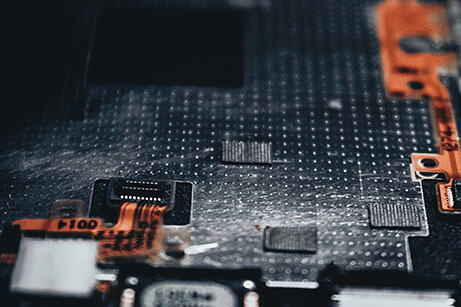4 reasons to reconsider your disaster recovery plan

Source: https://www.probrand.co.uk/blog/pb/october-2018/4-reasons-to-reconsider-your-dr-plan
SMBs may dislike refreshing IT equipment but they dislike refreshing disaster recovery solutions even more. These aren’t revenue-generating systems after all, and small businesses have other things to spend their money on. Still, DR solutions can fall out of date just as quickly as primary IT infrastructure.
The cost of not updating DR solutions could be far greater in the end. In a 2017 survey of 90 DR Journal readers, Forrester Research found that only 55% of them felt prepared or very prepared to recover their data centres after a disaster.
For many, then, it's time to take a long hard look at their DR solution to see if it still fit for purpose.
Here are four signs that you may be among them:
The law has changed
Regulatory or legal issues were among the biggest factors driving DR improvements, according to Forrester. One of the biggest drivers for revising DR plans is the introduction of the General Data Protection Regulation (GDPR), which came into effect in May.
GDPR’s rules affect DR systems and primary systems equally. They require organisations to restore access to personal data in a timely manner, and mandate regular testing and evaluation for all data processing systems, including DR. Now is the time to check the security of your DR system and ensure that any DR service providers understand their own responsibilities as data processors under GDPR.
Your data loads have changed
Yesterday's DR solution may have been appropriate for a company half your size, but what about now? Data volumes have a habit of growing unchecked in the background, and a deluge of data can have an adverse effect on business resilience.
While many companies focus on planning data capacity for primary systems, it is easy to forget this task on the DR side. Check DR hardware and network capacity regularly against current data loads to ensure that they are adequate to handle data transfers.
Your infrastructure has changed
Data volumes are not the only things that evolve in an IT environment. Applications change, and hardware infrastructure expands. Organisations move to private, public or hybrid cloud environments. In some cases, backup software appliances may not support this expanded infrastructure, especially if they are vendor-specific and new equipment from other suppliers has been brought on board.
As your infrastructure strategy evolves, schedule regular reviews of your DR solution to ensure that it still supports your current server, storage and operating system selection and that it will backup data from your entire application portfolio.
Your risk profile has changed
All DR strategies should be closely aligned with business risk, but this risk profile changes over time. Business teams should be involved in regularly revising recovery time objectives (RTOs) and recovery point objectives (RPOs). These may change as the company builds out new business workflows and commercial imperatives shift.
When reassessing your DR solution, re-examine these metrics and ensure that they can support the necessary backup cadence to handle your company’s RPO needs. Ask yourself whether the DR architecture can cope with current RTOs, especially if backing up from a remote location.
Reviews of your DR needs and capabilities should be as regular as privacy and security assessments, especially now that GDPR has tightened the rules. Keeping your DR solution current brings several benefits, but perhaps the most important is that you’ll be able to sleep soundly at night.

_________________________________________________________________________________________________________________
To discuss more about disaster recovery, why not register for Cyber Security X, Register your interest here.
_________________________________________________________________________________________________________________
